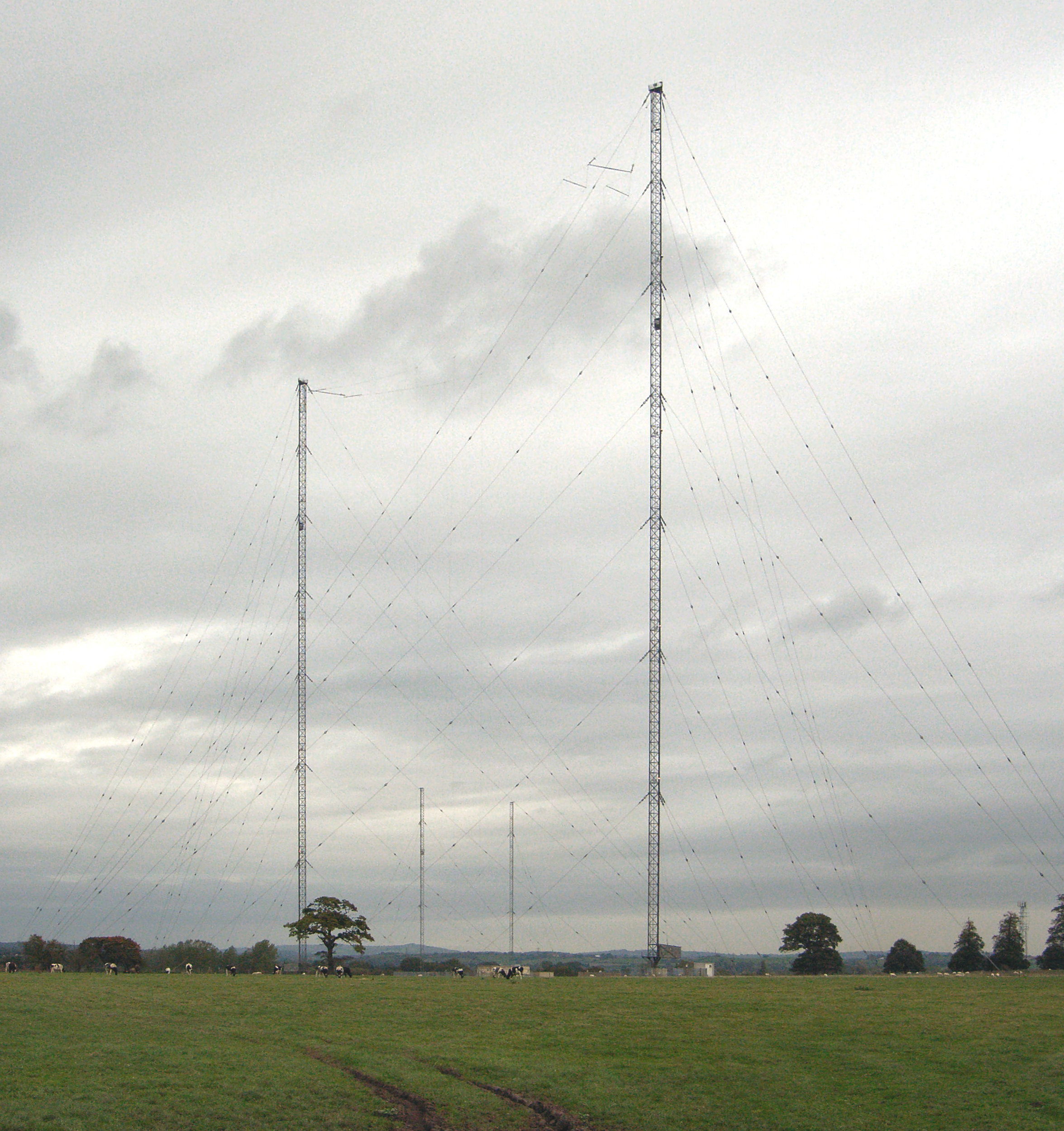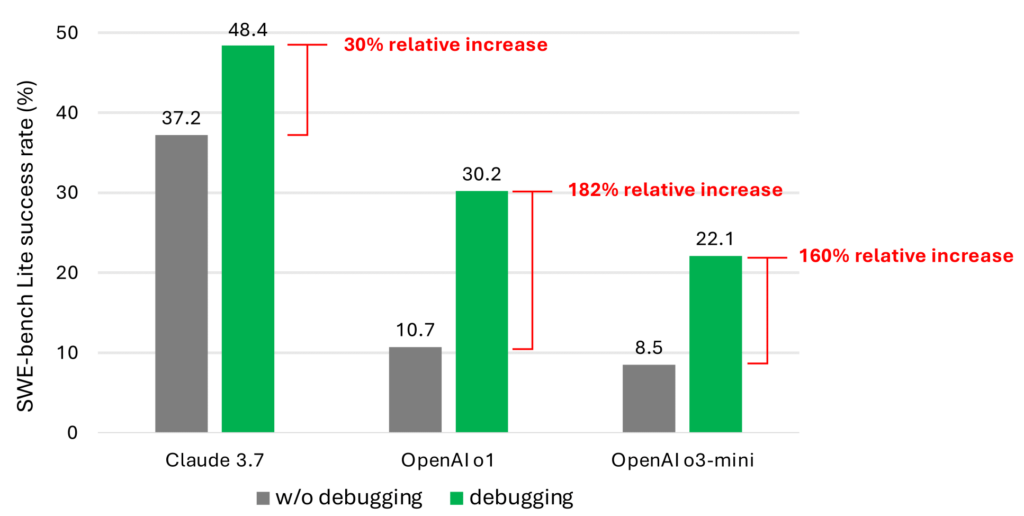
Quantum computers don't have that sort of separation.
While they could include some quantum memory, the data is generally housed directly in the qubits, while computation involves performing operations, called gates, directly on the qubits themselves.
In fact, there has been a demonstration that, for supervised machine learning, where a system can learn to classify items after training on pre-classified data, a quantum system can outperform classical ones, even when the data being processed is housed on classical hardware.This form of machine learning relies on what are called variational quantum circuits.
This is a two-qubit gate operation that takes an additional factor that can be held on the classical side of the hardware and imparted to the qubits via the control signals that trigger the gate operation.
You can think of this as analogous to the communications involved in a neural network, with the two-qubit gate operation equivalent to the passing of information between two artificial neurons and the factor analogous to the weight given to the signal.That's exactly the system that a team from the Honda Research Institute worked on in collaboration with a quantum software company called Blue Qubit.The focus of the new work was mostly on how to get data from the classical world into the quantum system for characterization.
But the researchers ended up testing the results on two different quantum processors.The problem they were testing is one of image classification.
The raw material was from the Honda Scenes dataset, which has images taken from roughly 80 hours of driving in Northern California; the images are tagged with information about what's in the scene.
And the question the researchers wanted the machine learning to handle was a simple one: Is it snowing in the scene?

 8
8














